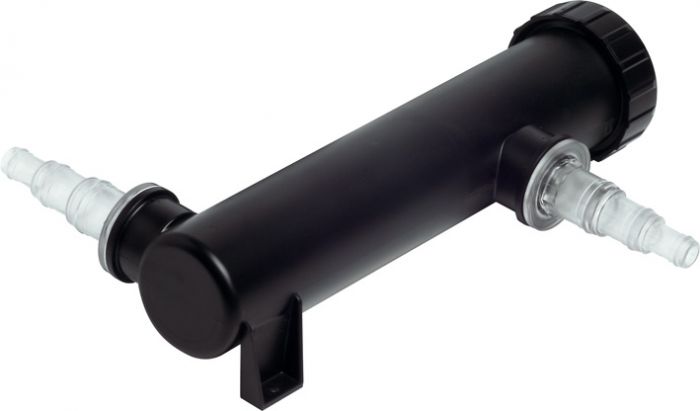Bright light or UV is important for the electromagnetic range; its frequency is more limited than noticeable light yet longer than x-beams. Imperceptible to the natural eye, the U.V range can be partitioned in various ways as indicated by energy level and frequency. The most well-known grouping is into UVA, UVB and UVC. UVA has the most reduced energy and longest frequency 400-315nm trailed by UVB 315-280nm and UVC which has the briefest frequency 280-100nm and most noteworthy energy level. You might be acquainted with UVA and UVB as those parts of the Sun’s beams which cause tanning, skin maturing, and skin disease. The Sun additionally emanates a lot of UVC which is the most remarkable and risky kind of UV, luckily for us this is filtered out by the upper climate.

UV was found to be a cell mutagen more than 100 years prior when it was demonstrated to be compelling against the microscopic organisms which cause tuberculosis. From that point forward it has found use in an assortment of uses from squander water treatment to assembling. Germicidal UV or UVC is commonly utilized in the present circumstance to disturb the DNA of undesirable microorganisms prompting demise. In this manner a U.V filter can adequately eliminate microscopic organisms, infections and green growth from the treated water. In the public aquarium industry UV sanitizers are regularly utilized as a part of the intricate filtration frameworks utilized to keep up with water quality. The innovation is additionally utilized by aquarium and pond guardians commonly fully intent on further developing lucidity and fish wellbeing. Appropriately indicated and introduced UV sanitizers are incredibly successful at forestalling sickness in ponds and aquariums; they accomplish this by killing many sorts of suspended microbes and infections just as controlling specific parasites. Issues with green water brought about by suspended green growth may likewise be effectively controlled with uv lamp vijver which makes the suspended green growth cluster together and bite the dust. These clusters would then be able to be eliminated by mechanical filtration.
UV sanitizers commonly use an UV discharging lamp held inside a fixed quartz sleeve which thus is housed inside a water proof openness chamber. Treatment water is siphoned through an openness chamber and the UVC light radiates through the quartz sleeve and into the water as it cruises by. Quartz is utilized rather than glass as it permits the most UVC to enter the water as it streams past. The adequacy of any UV filter is reliant upon the degree of light the water is presented to as it goes through the unit; this is the complete UV dose and is estimated in Wesco/cm2. The UV portion conveyed by a sanitizer is a component of lamp force and openness time, while basically decreasing the move through a unit will adequately expand the measurement, this isn’t compelling as it doesn’t think about another significant variable which is the turnover rate. Ordinarily an UV is estimated to turnover ponds once every 1 – 2 hours while in marine aquariums the turnover rate might be pretty much as incessant as each 12 to 20 minutes. Great producers will give measuring outlines to empower the decision of the right unit for the application.
Microorganisms have various abilities to withstand UVC light. The Koi Herpes Infection KHV for instance requires a relatively low portion of 4000Wsec/cm2 to be killed while the protozoan parasite, Cryptocaryon irritants, Marine white spot requires a treatment pace of 280,000Wsec/cm2 to kill the free swimming to mite stage. Significantly numerous microorganisms like Cryptocaryon irritants have life cycles with a few phases and each stage might have an alternate powerlessness to UVC. As an aide, U.V frameworks planned as clarifiers pointed toward decreasing green water in ponds will typically have a lot of lower portion rates than those planned as obvious sanitizers. The UV portion rate ought to be custom fitted to the application yet commonly rates are somewhere in the range of 30,000 and 90,000Wsec/cm2